Yada, Yada, Yada, Here’s Some Seinfeld Facts From The Show About Nothing
One of the most popular TV shows of all-time is still relevant today. Seinfeld took a while to find its footing after premiering in 1989, and it wasn't until the mid-nineties when the show became a hit.
For nine seasons and 180 episodes, there are plenty of interesting tidbits to learn about Jerry, Elaine, George, and Kramer. Believe it or not, some people didn't like the idea of Cosmo Kramer or George Costanza. On top of that, Elaine's little dance worried writers so much they thought it would be the end of Julia Louis-Dreyfus' career. The facts behind the show about nothing may or may not surprise fans who are passionate about the show.
A Documentary About Nothing

When NBC approached Seinfeld about doing a series, Jerry approached Larry David about joining, which he reluctantly agreed to do. But there was something not even loyalists of the show may have known. The original concept behind Seinfeld wasn't for on-going series.
Instead, a 90-minute special titled Stand Up was supposed to run for one night only on Saturday Night Live's timeslot. Oddly enough, Rosie O'Donnell was among those considered for the role of Elaine and comedian Jake Johannsen was offered the role for George, but ultimately declined.
Where's George?

Elaine wasn't introduced until the second season, but there is one particular cast member who didn't appear in every episode. "The Pen" is the only episode in which George Costanza does not appear in. The third episode of the third season was one of the "few" problems Jason Alexander ever had with Larry David.
Alexander was worried that he was unneeded and on the path of being written out of the show permanently. He even had the confidence to confront David by saying if he did it again, do it permanently. Thankfully, the show wasn't a hit just yet, but the role uprooted Alexander's career.
The Life Of Costanza

George was partially named after a real person: Jerry's former friend Michael Costanza. His friendship with Jerry went into disarray when Costanza sued Seinfeld, Larry David, and NBC for $100 million, claiming the series had violated his privacy, which seems a bit much.
However, the court sided with the show's creators, who have always maintained that George is clearly based on David in certain ways. In his book The Real Seinfeld (as told by the real Costanza) he noted that both Costanza's are bald, stocky, and went to Queens College with Jerry.
Alton Benes Was One Scary Guy
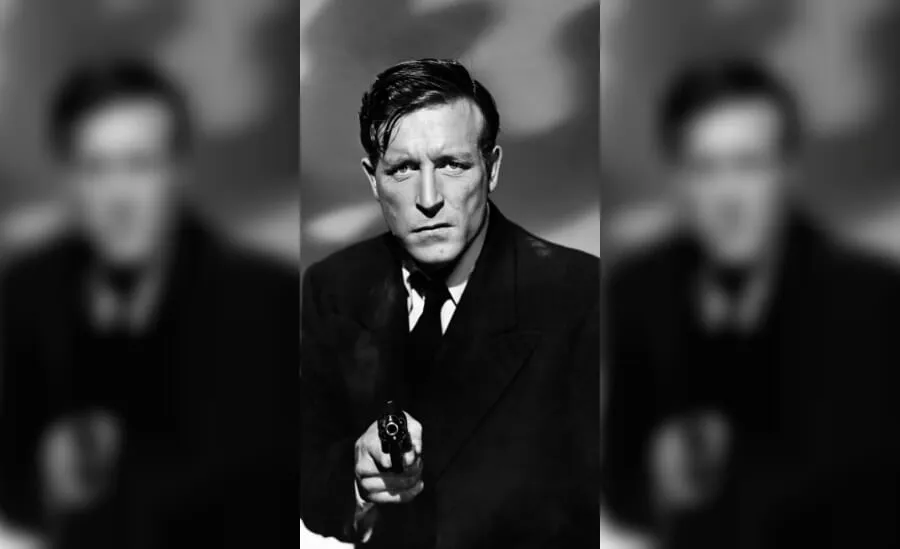
Elaine's father is a noted author, Alton Benes. The character was based on the novelist, Richard Yates, the father of Larry David's ex-wife Monica, who actually did intimidate the co-creator. In the series, Alton was played by Lawrence Tierney in the season two episode "The Jacket".
Originally, it was intended to be a recurring role, Tierney, like his on-screen character, really terrified the cast. The moment came when Jerry discovered that he had stolen a butcher knife from the set, and hid it under his jacket. So, he scared the crap out of everyone on the set and so, Alton Benes made just one single appearance.
How Larry Met Michael And Julia
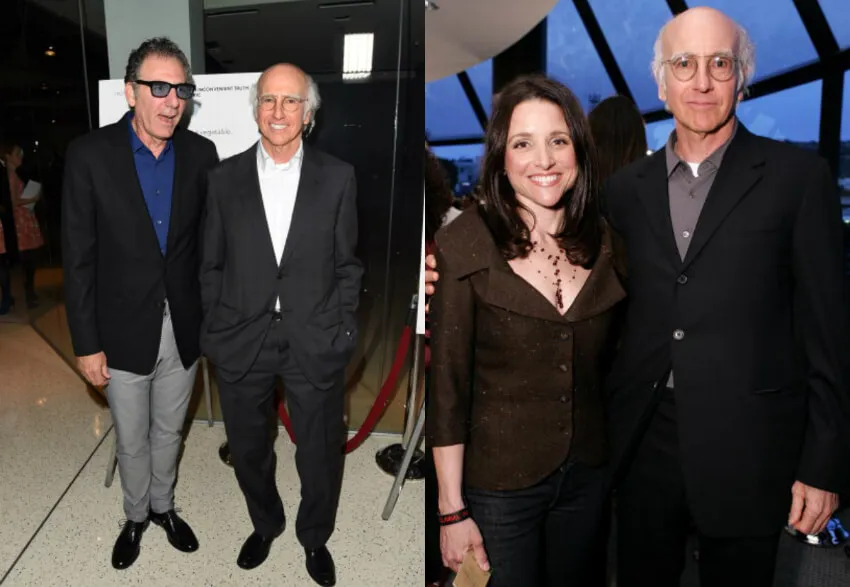
Before co-creating Seinfeld with Jerry, Larry David was a writer and cast member for Fridays- where he first met future colleague Michael Richards. Following that, David work was a writer for Saturday Night Live where he met Julia Louis-Dreyfus. His departure from the show was used as the plot for the second-season episode "The Revenge".
George quits his job after being banned from the executive bathroom, which he regrets immediately, and shows up back to work hoping that his boss will have forgotten he quit. An assumedly frustrated David quit SNL and returned a few days later, acting as if nothing had happened.
Kramer Vs. Kramer

In the pilot episode, Kramer was called Kessler, but it went back to Kramer since Kessler didn't stick. NBC felt that using Kramer could cause some legal issues since the character was based on David's real-life next door neighbor, Kenny Kramer.
The real-life Kramer would contact Castle Rock Entertainment with a list of several demands, many of which were financial. Kenny would host Kramer's Reality Tour and Kramer's Reality Road Show, and soon after, those "Reality Tours" were parodied on the episode "The Muffin Tops".
No Hugging, No Learning
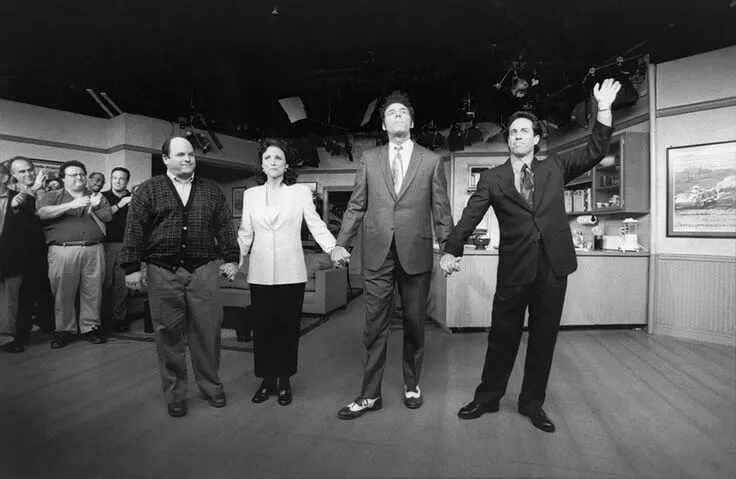
Of all the things on the show, Larry David made sure that the cast and crew were aware of his "no hugging, no learning" motto for the show. It meant that they should avoid any sort of sentimentality or situations that would force the characters to change or grow.
It wasn't until the show finished filming the finale that the cast could hug it out. The premise of the show maintains that it's just terrible things happening to people who don't realize the consequences. They lose jobs, somebody's told they need a nose job, and someone breaking up with a stroke victim has some kind of dark humor to it.
The Death Of Susan Ross

After what was one of the most shocking moments on the show, Jason Alexander revealed what prompted Susan Ross to be killed off after the seventh season. In an interview with Howard Stern, Alexander admitted that Heidi Swedberg, the actress who played Susan, was impossible to work with.
Her instincts for doing a scene, when it came to comedy, and Alexander's were always misfiring. Once Jerry and Julia filmed scenes with Swedberg, they finally understood what Alexander had been preaching about. Then it went to Larry and the rest was said and done.
Seinfeld Ruined My Life

The infamous Soup Nazi episode was based on real life soup store owner, Al Yeganeh. He was not pleased with his depiction in the episode, as it was evident from a CNN interview. Yeganeh would call Jerry "a clown" for his portrayal, and he insisted that he got fame through the soup man himself.
It was no surprise for Yeganeh to ban Jerry from his restaurant, but that didn't stop the comedian from making a surprise when the soup stall reopened in 2010. Jerry rolled down the window in his car, stuck out his head and said: "You really ought to take care of that guy, he's very important".
Jerry's Apartment

Seinfeld fans know all about Jerry's apartment, as it was mentioned numerous times in the series. 129 W. 81st street was located on Manhattan's Upper West Side. This address is an avenue and a half west of Central Park, and across the street from the Museum of Natural History.
However, despite the error that the building says 757, establishing shots of the exterior were of a building in Los Angeles. Jerry actually owns a building called The Beresford at 211 Central Park West, about a block away from his fictional hangout on the show.
Breaking Seinfeld

Long before Heisenberg became a sensation, both Bryan Cranston and Anna Gunna had roles on the show about nothing. Cranston played Dr. Tim Whatley, Jerry's dentist who converted to Judaism 'strictly for the jokes'. Meanwhile, Gunn played Jerry's girlfriend Amy in the season five episode "The Glasses".
They weren't the only Breaking Bad cast members on the show. Bob Odenkirk (Saul Goodman) would play Elaine's date Ben in the episode "The Abstinence", Larry Hankin (Old Joe) played Tom Pepper, the actor who auditioned for Kramer for Jerry and George's pilot for NBC. Lastly, Mark Harelik (Hank's doctor) played Milos in the episode "The Comeback".
The Tale Of Two Franks

In Frank Costanza's first appearance in the season four episode "The Handicap Spot," the character was played by John Randolph. At the urge of Larry David, who felt as though Randolph wasn't the right guy to play George's father, the honor would go to Jerry Stiller.
Once Stiller was cast for Frank, the scenes with Randolph were reshot for syndication with Stiller portraying the role. A similar fate would happen with Morty Seinfeld, who was first played by Philip Burns. He was replaced with Barney Martin as Burns was too relaxed for the role. Pictured is Stiller with wife Anne Meara.
The Bet

"The Contest" proved to be an episode where no topic was off-limits. An episode that revolved around the ease with which one could buy a handgun was eventually discarded. "The Bet" was supposed to be written for the show's second season before it was scrapped.
During an AMA on Reddit, Jerry recalled doing the read-through and then canceled since trying to make the plot funny ended up being no fun at all. A lot of other stuff would go on to be written for episodes, but the scrapped episode was replaced with "The Phone Message".
The Little Kicks

Seinfeld writer, Spike Feresten, admitted that Larry David was not a fan of the eighth season episode "The Little Kicks". The episode where Elaine dances with no true ability. He only got approval on the storyline after David had left the series, but then became concerned that it might be a big mistake.
After Julia did the dance for the first time, Feresten got pulled aside by a writer-producer who asked the writer if he was sure about the dance and it wouldn't destroy Julia's career. Loe and behold, thanks to the dance and her talents, she would go on to win an Emmy.
J. Peterman Reality

Elaine's boss in the last three seasons is J. Peterman, the eccentric adventurer and founder of The J. Peterman Company. Played by John O'Hurley, Peterman's first name is Jacopo. While the character is fictional, there is a real-life J. Peterman catalog that's based in Kentucky.
Much like the fictional catalog, the real-life catalog is embellished with prose and does include hard-to-find clothing. Also, Jacopo's mannerisms are modeled after the real-life catalog owner, John Peterman. Sadly, no urban sombrero was designed from the real company.
Jerry Stiller Passed Away In 2020

Jerry Stiller, known as Frank Costanza to Seinfeld fans, was the real-life father of actor Ben Stiller. He passed away on May 11, 2020. Ben confirmed the sad news in a tweet. "He was a great dad and grandfather, and the most dedicated husband to Anne for about 62 years. He will be greatly missed. Love you Dad," the message read.
Jerry and his wife Anne Meara were the comedy team "Stiller & Meara," and were frequent guests on variety shows in the 1960s. They became famous after an appearance on The Ed Sullivan Show. Stiller continued to act after Seinfeld, most notably as Arthur Spooner on the sitcom, The King of Queens. Jerry Stiller was 92 when he died.
Festivus For The Rest Of Us

The unofficial holiday was not created by Frank himself. The fake holiday was created well before the series was even written as a script. An editor of Reader's Digest, Dan O'Keefe, was the mastermind behind celebrating the non-religious holiday.
In 1966, O'Keefe created it to celebrate the anniversary of his first date with his wife. The idea of Festivus came to the script of the show thanks to O'Keefe's son, who was a writer of the show at the time. The aluminum pole was the writer's creative spin of Festivus.
The Pilot
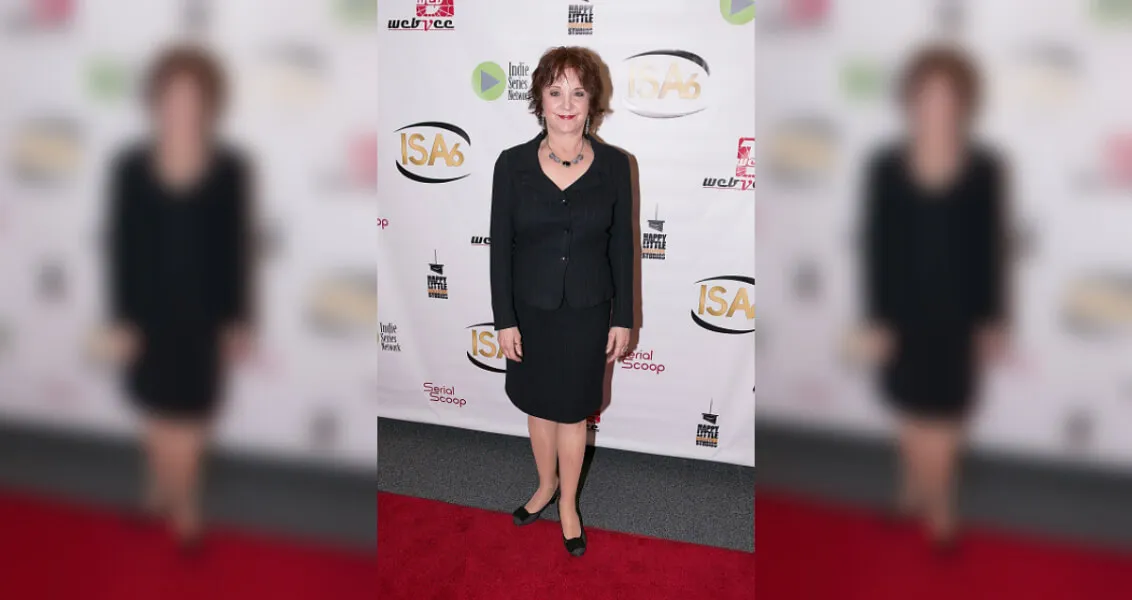
Long before Elaine was introduced, her character wasn't originally cast. The show's first conception of the female lead was none other than a sassy waitress named Clair. Played by Lee Garlington, the creators felt that the actress wasn't a good fit and began seeking replacement roles/actresses.
Ultimately, Julia Louis-Dreyfus would be cast as Elaine, who actually knew David through their brief time on Saturday Night Live. As for Garlington, she went on to guest start in many popular TV shows, like The West Wing, CSI, and Boston Legal.
Many Voices Of Larry David

Larry David's most famous voice-role on the show was none other than George Steinbrenner, the late-ruthless owner of the New York Yankees. Nonetheless, David also voiced numerous characters who served as functional extras, including comedic cameos.
Notable characters he voiced include the MTA subway announcer, Saddam Huessin, a boxing referee, and the man who says "Is anyone here a marine biologist?". Despite the voicework going uncredited, David had appearances in the episodes "The Chinese Woman" and "The Gum".
The Spinoff That Never Happened

A year after fans said goodbye to Jerry, Elaine, George, and Kramer, the media was abuzz with what would be the series' first spinoff: The Jackie Chiles Show. Phil Morris, who played Kramer's lawyer, was working with Jerry and David on the pitch, but plans fell apart.
Morris would portray the character in 2012 to do a series of shorts for Funny Or Die. In the shorts, he says it's no one's business where he's been since the Seinfeld finale. The fact that he was a fast-talking Johnnie Cochran-like lawyer made the role a memorable one on the show.
$100-Million Rejection
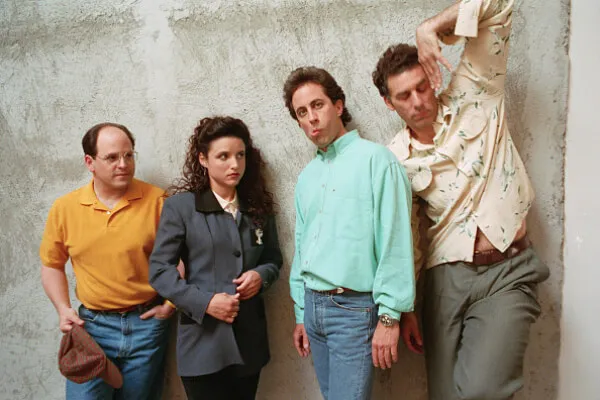
Not that it's a surprise or anything, but Jerry was once offered a massive contract to film one more season of Seinfeld. With at least $100-million on the table, the funnyman refused the deal because he wanted to have a family and focus on other projects.
It was smart of Jerry to turn down money for the sake of his personal life, as he did marry his wife Jessica in the same year the show came to an end. Even though the 10th season was never made, some fans still wonder what life would have been after the four get locked behind bars.









